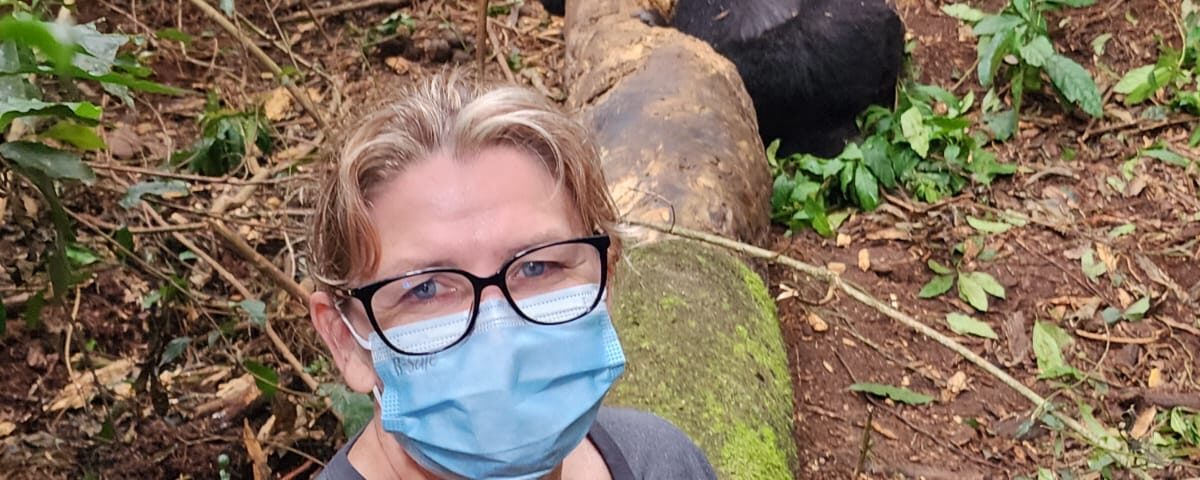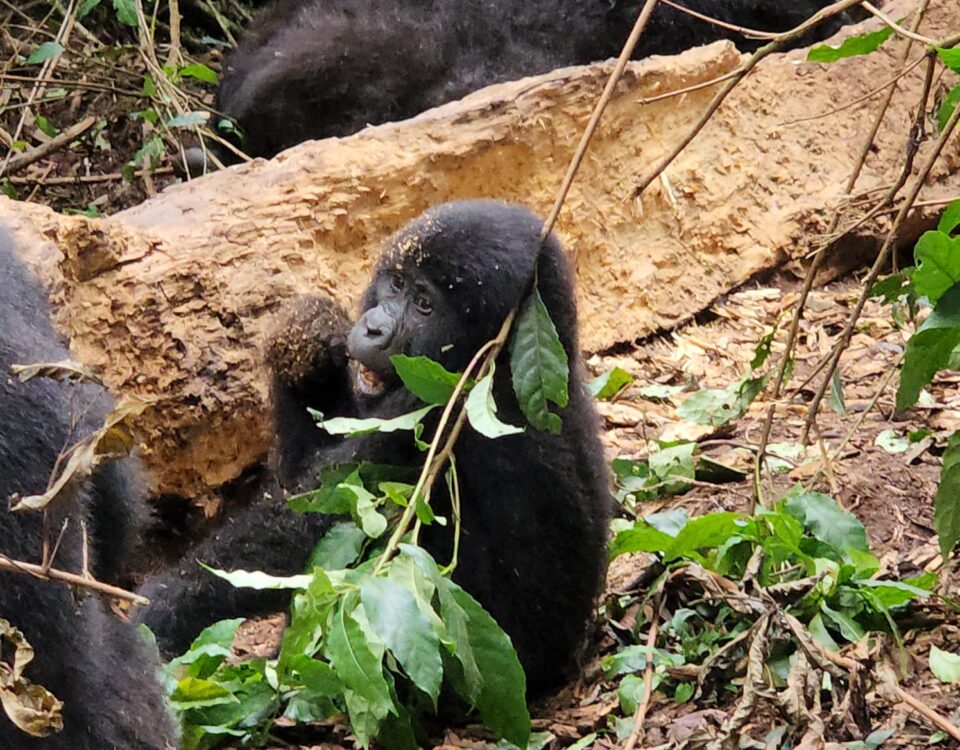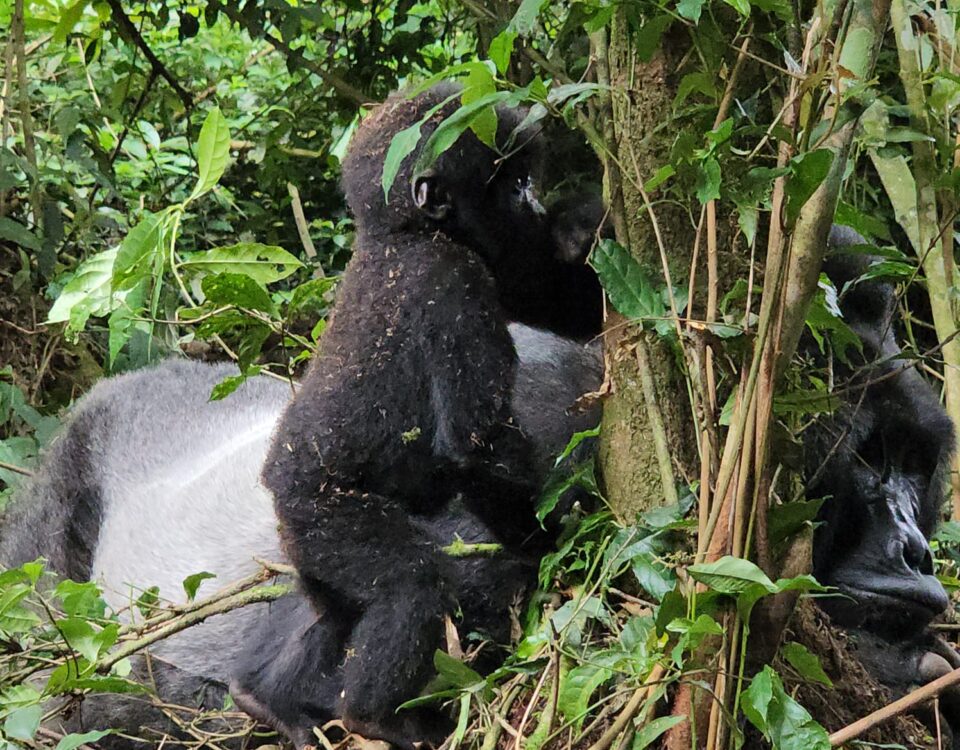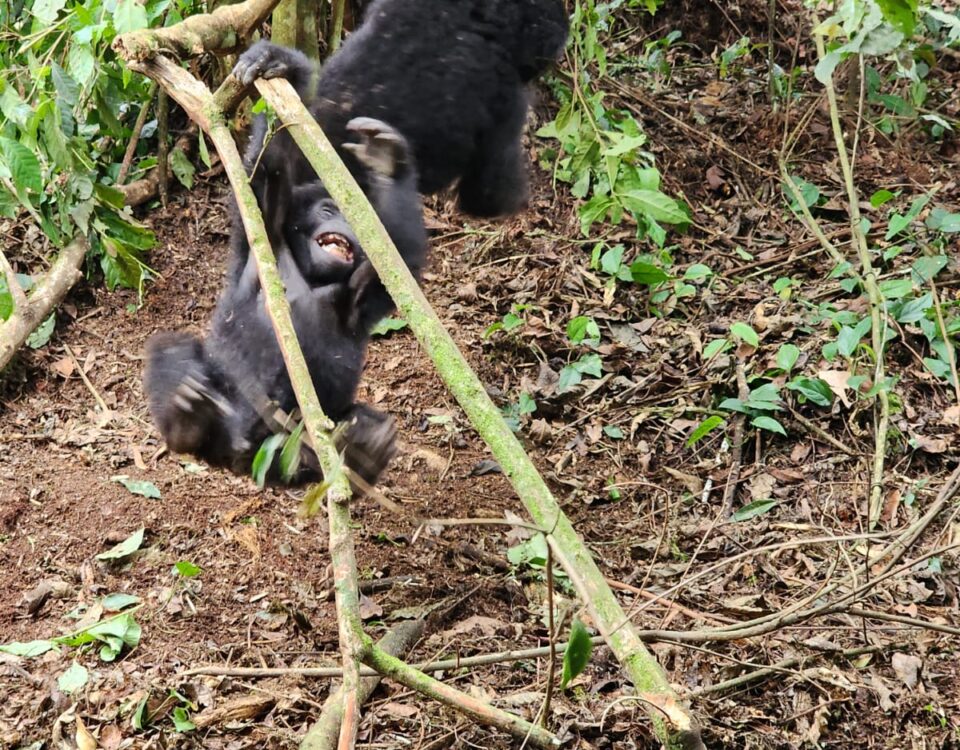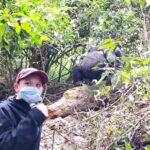
Are There Many Endangered Species in Volcanoes National Park?
March 28, 2025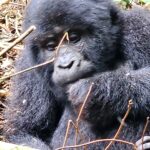
How Many Gorilla Families Are in Volcanoes National Park?
March 28, 2025What is the History Behind Volcanoes National Park?
What is the History Behind Volcanoes National Park? Volcanoes National Park, nestled in the beautiful Virunga Mountains of Rwanda, is one of Africa’s most iconic wildlife conservation areas. It is home to the critically endangered mountain gorillas, a species that has captured the world’s attention due to its vulnerability and the efforts required to protect it. However, Volcanoes National Park’s significance goes beyond just its gorillas. The history of this park is deeply intertwined with conservation efforts, local culture, and the rich heritage of Rwanda. From its origins as a protected area for wildlife to its modern-day status as a UNESCO World Heritage Site, Volcanoes National Park has played a crucial role in preserving both the natural and cultural wealth of the region.
Early Beginnings: From Royal Hunting Grounds to Protected Land
The history of Volcanoes National Park dates back to the early 20th century, when it was originally established as a royal hunting reserve. Before it became a national park, the area was home to Rwandan royalty, who would use it for hunting purposes. The mountainous terrain and rich biodiversity made it a prime location for such activities. However, it wasn’t until the 1920s that the park began to gain formal protection. The Belgian colonial authorities, who ruled Rwanda at the time, established the reserve with the goal of conserving the wildlife in the region, which included various species of large mammals and birds.
During the early years of the 20th century, the region was relatively untouched by modern development. The natural beauty and diverse wildlife made it an ideal spot for the park’s eventual transition into a protected area. The Belgian government began implementing measures to restrict human activities that could damage the environment, including farming and logging, ensuring the area remained a safe haven for its wildlife. This early period marked the beginning of Volcanoes National Park’s long history of conservation and protection, though it would be several decades before its status as a national park would be fully established.
The Rise of Mountain Gorilla Conservation
One of the most significant milestones in the history of Volcanoes National Park occurred in the 1960s when efforts to conserve the mountain gorilla population gained momentum. The mountain gorilla population in the Virunga Mountains was facing serious threats from poaching, habitat loss, and disease. As one of the last remaining habitats for these endangered primates, Volcanoes National Park became the focal point for global conservation initiatives.
In 1967, the American zoologist Dian Fossey arrived in Rwanda to begin her groundbreaking research on mountain gorillas. Fossey’s work would forever change the conservation landscape of Volcanoes National Park. Her commitment to studying and protecting the gorillas, coupled with her advocacy for stronger anti-poaching measures, helped raise awareness of the species’ plight. Fossey’s research led to significant breakthroughs in understanding gorilla behavior, social structures, and habitat needs, which played a key role in the species’ survival.
Fossey also established the Karisoke Research Center within the park, which became the base for her conservation work. The center focused on monitoring the gorilla population, conducting field research, and educating local communities about the importance of protecting these incredible animals. Dian Fossey’s dedication to mountain gorilla conservation was instrumental in the survival of the species, and her legacy continues to be felt in the park today.
The Transformation Into a National Park
While the park was initially a royal hunting reserve, its transition into a national park began in earnest in the 1960s and 1970s. The growing recognition of the region’s ecological importance, especially in terms of its gorilla population, led to efforts to formalize protection. In 1979, Volcanoes National Park was officially designated as a national park by the Rwandan government. This move helped solidify its role as a protected area for endangered species and allowed for more focused conservation efforts.
In addition to the mountain gorillas, Volcanoes National Park also became a refuge for other wildlife species, including golden monkeys, forest elephants, and a variety of bird species. The park’s dense forests, volcanic slopes, and high-altitude bamboo groves provided the ideal habitat for these creatures, and the creation of the national park helped ensure that they had a safe place to live and thrive. Over time, the park became a vital hub for research, eco-tourism, and environmental education.
With its official status as a national park, Volcanoes National Park also gained international recognition, drawing attention from conservationists, governments, and tourists alike. It was recognized for its unique biodiversity and its role in preserving one of the world’s most endangered species – the mountain gorilla.
Cultural Significance and Community Engagement
Beyond its natural significance, Volcanoes National Park has deep cultural ties to the people of Rwanda. The park is situated in the western part of the country, close to the border with Uganda and the Democratic Republic of Congo. The local communities, particularly the Batwa people, have lived in and around the park for centuries. Traditionally, the Batwa were hunter-gatherers who relied on the forest for food, medicine, and materials for their daily lives.
However, when the park was established as a protected area, the Batwa were displaced, leading to tensions between the local communities and conservation authorities. Over the years, efforts have been made to involve local people in the park’s conservation and tourism initiatives. Community programs have provided alternative livelihoods through eco-tourism, craft-making, and agriculture, helping to create a more harmonious relationship between the park and its neighboring communities.
The cultural experience for visitors to Volcanoes National Park is a unique blend of natural beauty and local heritage. Tourists have the opportunity to engage with the local people, learning about their customs, traditions, and the challenges they face in balancing development and conservation. Visiting nearby villages and cultural centers, such as the Iby’Iwacu Cultural Village, gives visitors a deeper understanding of how conservation and local culture can coexist and support one another.
The Park Today: A UNESCO World Heritage Site
Today, Volcanoes National Park stands as a symbol of successful wildlife conservation. The park has become one of the most important eco-tourism destinations in Africa, with visitors traveling from around the world to participate in gorilla trekking. The park’s status as a UNESCO World Heritage Site further emphasizes its global significance in biodiversity conservation.
The park’s success in protecting the mountain gorillas and its continued role in preserving other endangered species is a testament to the dedication of the Rwandan government, international organizations, and local communities. The legacy of Dian Fossey and other conservationists lives on in the park’s ongoing efforts to protect the natural environment and support sustainable tourism. Volcanoes National Park remains a vital part of Rwanda’s identity, not only as a sanctuary for wildlife but also as a hub for cultural exchange and education.
Conclusion: A Rich History of Conservation and Culture
The history of Volcanoes National Park is a fascinating journey of transformation, from a royal hunting reserve to a global leader in wildlife conservation. Its pivotal role in protecting the mountain gorillas and other endangered species, combined with its cultural significance, makes the park a unique and valuable asset to Rwanda and the world. The story of Volcanoes National Park is not only one of environmental stewardship but also of resilience, community collaboration, and hope for the future of our planet’s most vulnerable species.

